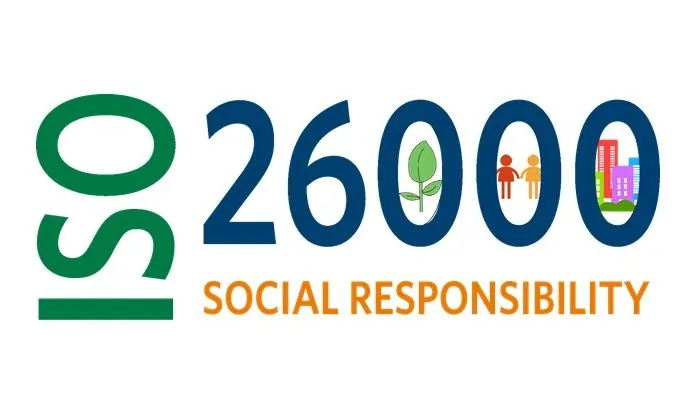ISO 25010 is recognized as a comprehensive model in the fields of software and systems. In the dynamic and advanced world of software and system development, ISO standards play a key role in ensuring the quality of products and services. This standard is crucial for organizations seeking excellence.

- Definition and Characteristics of ISO 25010
- Obtaining ISO 25010 Certification
- Evolution History of Quality Standards
- Quality Attributes in Standards
- Introduction to Implementing ISO 25010
- Steps for Implementation
- Importance and Challenges of Implementation
- Continuous Improvement in ISO 25010
- Development and Evolution of the Standard
- Conclusion: The Importance of Integrating ISO 25010 in Development Processes
- Frequently Asked Questions about ISO 25010
Definition and Characteristics of ISO 25010
Key Quality Attributes of ISO 25010 ISO 25010 encompasses a set of quality characteristics defining the attributes of a high-quality system or software. These characteristics include usability, reliability, performance efficiency, security, compatibility, maintainability, portability, and scalability.
Obtaining ISO 25010 Certification
Significance of ISO 25010 Certification Obtaining ISO 25010 certification demonstrates an organization’s commitment to quality. This certification enhances the credibility of the organization and builds trust among customers and related institutions. The certification process involves thorough assessments and inspections to ensure compliance with standard requirements.
Evolution History of Quality Standards
Development of Quality Standards Quality standards have evolved since the early industrial era. Over time, these standards have advanced with changes in the technology and business landscape. ISO 25010 exemplifies this evolution, offering a modern and adaptable framework to address the complexities of contemporary software and systems.
Quality Attributes in Standards
Components of Quality Quality attributes play a significant role in the improvement and enhancement of any product or service. These attributes are crucial in every industry and contribute to the creation of high-quality products and services. The following are some of the most important quality attributes:
- Usability: The ease of using a product or service for users.
- Reliability: The stability and predictable performance of a product or service.
- Performance Efficiency: Optimization of resource use and achieving desired performance.
- Security: Resistance to unauthorized access and protection of information.
- Compatibility: The system’s ability to cooperate with other systems or components.
- Maintainability: Ease of changing or updating the product and service.
- Portability: Compatibility with different environments and platforms.
- Scalability: Ability to manage increased workloads and meet user needs.
Introduction to Implementing ISO 25010
Overview of ISO 25010 Implementation Implementing ISO 25010 is a comprehensive and strategic process that aids organizations in enhancing the quality of their products and services. This process involves a detailed analysis of customer quality needs and aligning them with the quality characteristics defined in the standard.
Steps for Implementation
Analyzing Quality Needs: Understanding customer quality requirements and comparing them with the standards. Developing Implementation Strategy: Includes the design, development, testing, and maintenance of the product or service.

Importance and Challenges of Implementation
Implementing ISO 25010 Challenges Implementing ISO 25010 helps organizations meet international quality standards. However, challenges such as resistance to change, resource limitations, and the need for cultural transformation exist.
Continuous Improvement in ISO 25010
Strategies for Ongoing Improvement ISO 25010 serves as a continuous guide for quality management, and organizations should apply strategies for ongoing improvements to align with changing market and technology needs.
Development and Evolution of the Standard
Adapting to Changing Technology Technology is constantly evolving, and ISO 25010 must keep pace with these changes. A commitment to excellence in quality will shape the evolution of quality standards in the coming years.
Conclusion: The Importance of Integrating ISO 25010 in Development Processes
Strategic Integration of ISO 25010 Implementing ISO 25010 requires a strategic approach. Organizations should follow structured steps to successfully integrate this standard, leading to improved customer satisfaction and reduced defects.
Frequently Asked Questions about ISO 25010
What is ISO 25010?
ISO 25010 is a standard that defines the quality characteristics of software and systems.
How does ISO 25010 impact software development?
By emphasizing quality characteristics, ISO 25010 guides organizations in software development, leading to user satisfaction and competitive advantages.
What are the challenges in implementing ISO 25010?
Challenges include resistance to change, the need for resources, and the requirement for human resource training.

To obtain ISO certificates, you can contact Iran Govah through WhatsApp.


